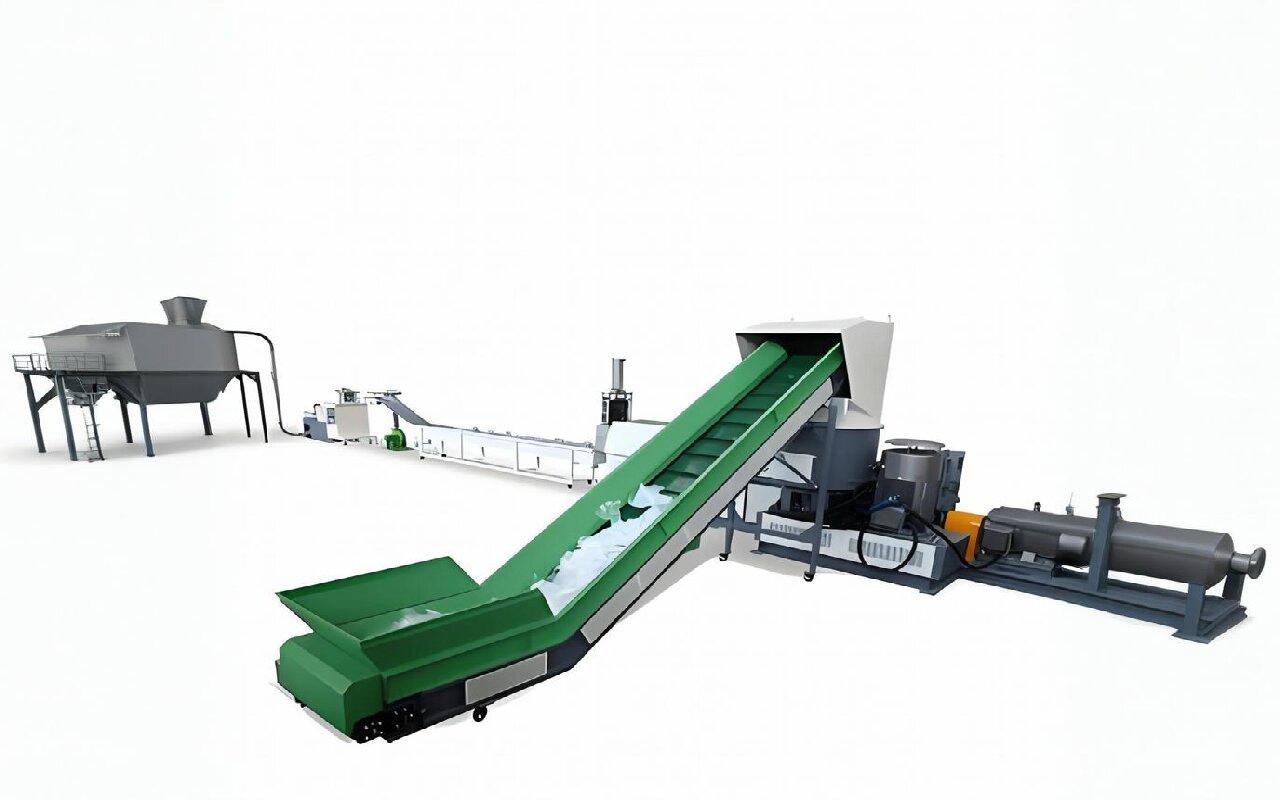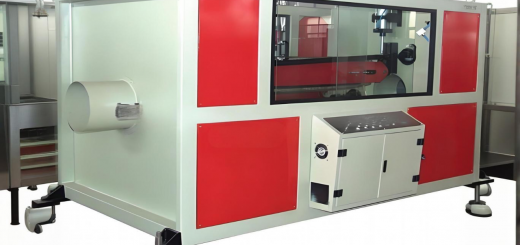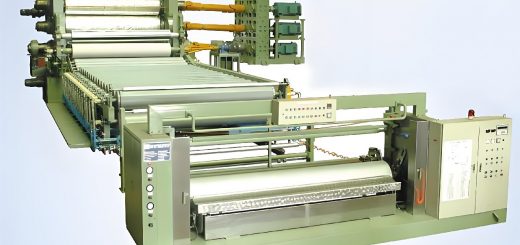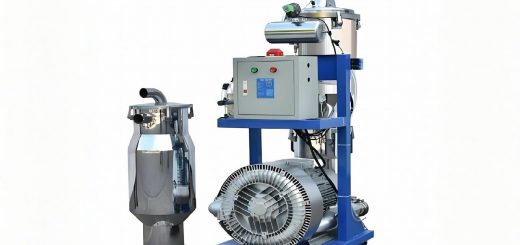Plastic Granulator: Transforming Waste into Reusable Raw Material for Sustainable Manufacturing

Plastic granulators are machines designed to shred and grind plastic waste into uniform granules, enabling recycling and reuse in production processes. As global plastic pollution concerns rise, these machines play a pivotal role in circular economy strategies by converting scrap into valuable feedstock.
What is a Plastic Granulator?
A plastic granulator consists of a hopper, cutting blades, a screen mesh, and a collection system. It processes post-industrial or post-consumer plastic waste (e.g., defective parts, bottles, films) into small, homogeneous pellets for remelting and remolding.
Types of Plastic Granulators
- Single-Shaft Granulators:
- Ideal for rigid plastics like PVC pipes or ABS parts.
- Features a rotating blade rotor for coarse shredding.
- Twin-Shaft Granulators:
- Handles bulky or flexible materials (e.g., HDPE films, PP bags).
- Dual blades prevent jamming and improve throughput.
- Silent Granulators:
- Low-noise models for urban recycling facilities.
- Equipped with soundproofing enclosures.
- Central Granulators:
- Integrated with injection molding machines to recycle sprues and runners in real time.
Key Functions and Advantages
- Waste Reduction: Cuts landfill dependency by reprocessing up to 95% of scrap.
- Cost Savings: Reuse granules to reduce raw material purchases by 20–40%.
- Energy Efficiency: Requires 30% less energy than virgin plastic production.
- Versatility: Processes diverse plastics, including PET, LDPE, and engineering polymers.
Applications
- Recycling Facilities: Convert municipal plastic waste into granules for new products.
- Manufacturing Plants: Recycle production scraps (e.g., automotive trim, packaging offcuts).
- 3D Printing: Supply recycled PLA or ABS filaments.
Operation Steps
- Sorting: Remove non-plastic contaminants (metal, labels).
- Feeding: Load scraps into the hopper via conveyor belts.
- Shredding: Blades cut materials into smaller fragments.
- Screening: Mesh filters granules to ensure uniform size (e.g., 3–8 mm).
- Collection: Store granules in sealed containers to prevent moisture absorption.
Maintenance Tips
- Sharpen blades monthly to maintain cutting efficiency.
- Clean screens to prevent clogging from melted residues.
- Lubricate bearings to avoid overheating.






